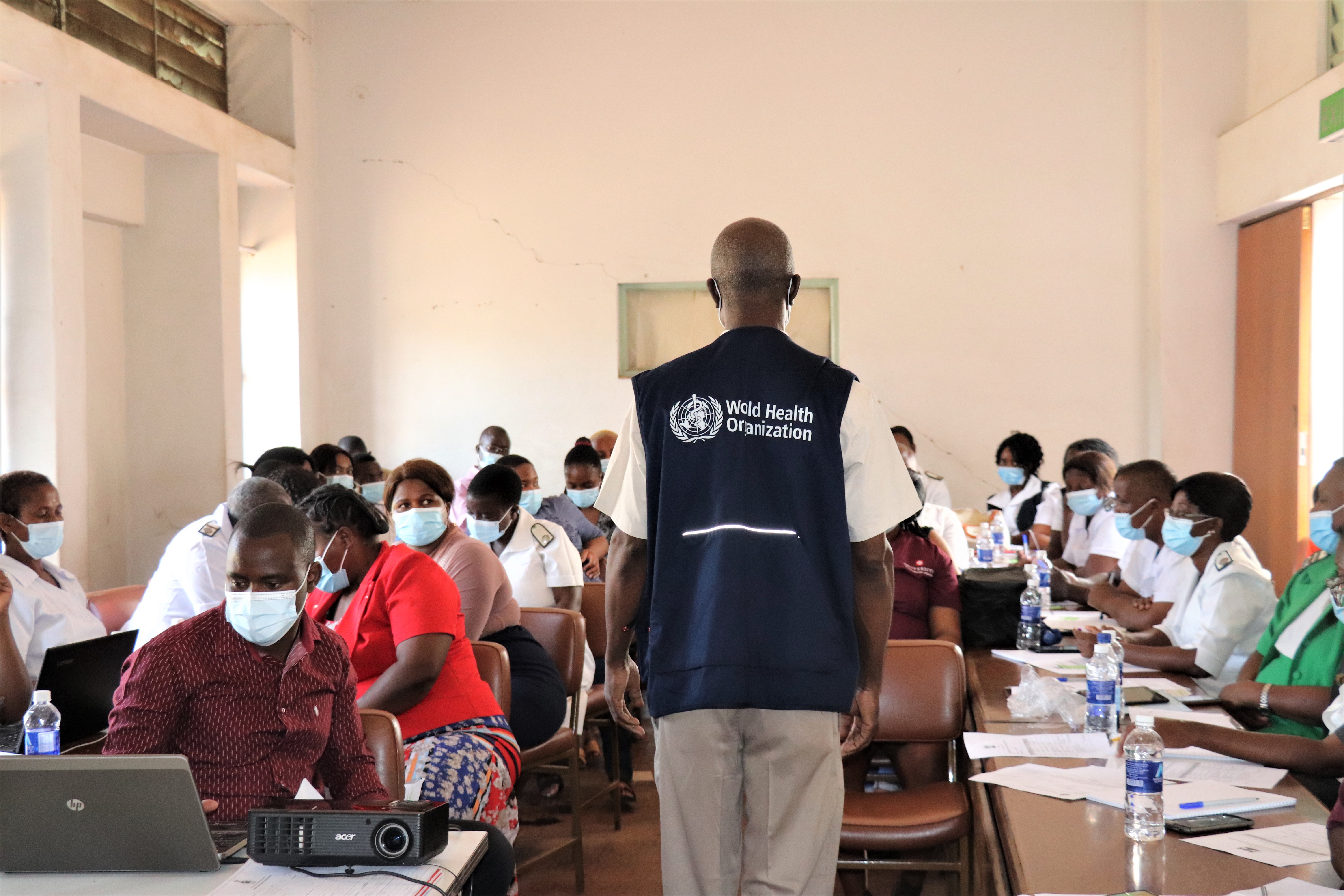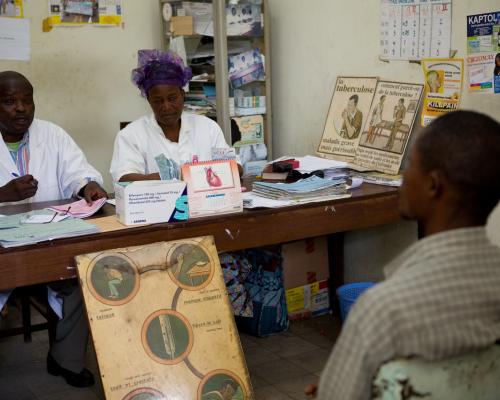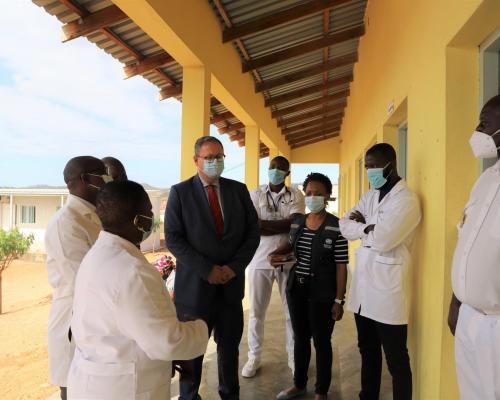Health workers gain new knowledge to help reduce maternal and perinatal deaths in Zimbabwe

By Vivian Mugarisi
Harare, Zimbabwe - Ensuring good maternal and neonatal health has been one of the key priorities in Zimbabwe’s health sector. While the mortality rate is still unacceptably high, progress is being made to ensure that no woman or child dies during birth. To this end, the Ministry of Health and Child Care (MoHCC) through the University of Zimbabwe College of Health Science conducted a two day training workshop. The training focused on sensitizing health care workers on the new Maternal and Perinatal Death Surveillance and Response (MPDSR), WHO guidelines. The trainings main objective was to equip health care workers with the knowledge on how to improve service provision through investigation of deaths, recommend and adjust approaches to keep women (and their babies) from dying while giving birth.
“Unless you know a problem you cannot correct it and the first thing is to identify the problem and once you have noted it, you need to see why the problem and what can be done to prevent such a similar death in the future,” notes Dr Rumbidzai Makoni, the training Facilitator and Obstetrician and Gynecologist at Parirenyatwa Group of Hospitals.
Previously, Zimbabwe has carried out maternal and perinatal death surveillance, but the review was not structured as it was mainly focusing on maternal deaths only, ignoring the perinatal part. The goal of the recent training, was to bring structure to it and ensure all aspects of surveillance and response are addressed. This will help improve the service of care for mothers and babies in the long run.
According to the Multiple Indicator Cluster Survey of 2019, Zimbabwe has a maternal mortality ration of 462 deaths per 100,000 live births, and a neonatal mortality rate of 32 deaths per 1000 live births. While this is an improvement from the 614/100 000 live births for maternal deaths recorded in 2014, the slow rate of improvement indicate that Zimbabwe is unlikely to meet the SDG target for reducing maternal mortality.
Accurate data on how the women and their babies died, causes of death, and the number of women and babies who died has been a major challenge in Zimbabwe. The main objective of the MPDSR is to reduce preventable maternal and perinatal mortality through identification, notification, investigation and review of all women dying while giving birth. Having these findings would inform robust response to improve quality of care and prevent future deaths.
The training, which covered various health care workers who included obstetricians & gynecologists, pediatricians, and midwives among others, was held from 24 – 26 November 2020. This will be followed by field work to pilot recently updated MPDSR material. Zimbabwe is the first country in Eastern and Southern Africa to conduct the pilot testing of implementation of MPDSR materials.



